I'm currently trying to build a 4MHz Tesla Coil powered by a Class-E amplifier. I've managed to design and simulate such amplifiers with a load consisting of a resistor and a coil or a capacitor using this paper from Sokal. But the load I actually want to drive looks like this:
and has impedance completely dependent on the frequency:
(The resonant frequency isn't exactly 4MHz, because I didn't use exact values)
My approach was to find an equivalent circuit only consisting of a resistor and a coil or capacitor. But this is very hard, because at the point where I want to operate it, the impedance is very sensitive to changes.
Additionally to that, since I don't have infinite QL, the output signal contains a lot of harmonics, so I can't even make an equivalent circuit for a single frequency.
If anyone has in idea how I could design my amplifier to work with this load, any help would be appreciated.
PS: It is certainly possible to do this, as this and this project shows. They just don't go into much detail and I wasn't able to contact the authors.


